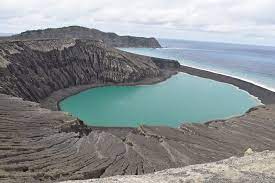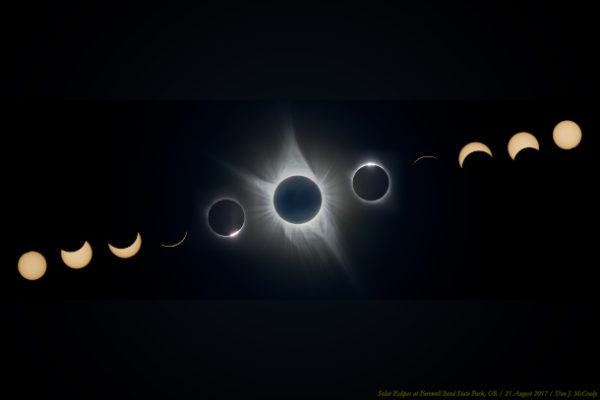The Tonga Volcanic Eruption

On January 14th, the Tonga volcano began erupting.
January 30, 2022
Ever since 2015, scientists have observed several changes of land masses in the Pacific country of Tonga. The land mass change led up to the Hunga Tonga volcanic eruption. A large number of blasts occurred between the 13th and 14th of January, leading up to the 15th when the main eruption began, with ash and debris shooting up to 50 kilometers. With such a climactic explosion, new land surrounding the volcano along with pre-existing islands were destroyed.
The eruption spanned throughout most of the islands, but luckily did not impact too many people. Evacuation was ordered for other islands after many homes were destroyed. 3 people north of Nuku’alofa, the capital city of Tonga, were reported dead along with 4 injured and some remain missing.
“The blast released hundreds of times equivalent mechanical energy of the Hiroshima nuclear explosion,” the National Aeronautics and Space Administration (NASA) states. Hiroshima had at most 15 megatons of TNT in the blast. With Hunga Tonga, “…we think the amount of energy released by the eruption was equivalent to somewhere between 4 to 18 megatons of TNT,” states Jim Garvin, chief scientist at NASA’s Goddard Space Flight Center. The eruption was heard throughout the entirety of the Pacific, stretching as far as Alaska. Many disasters took place while the eruption was occurred, such as earthquakes and tsunamis that reached other parts of the Tonga islands near the volcano.
The Tonga government reports most of the internet and cell service remains down for the country, however there are limited connections for domestic calls. Emergency supplies are currently being transported to the affected areas.











